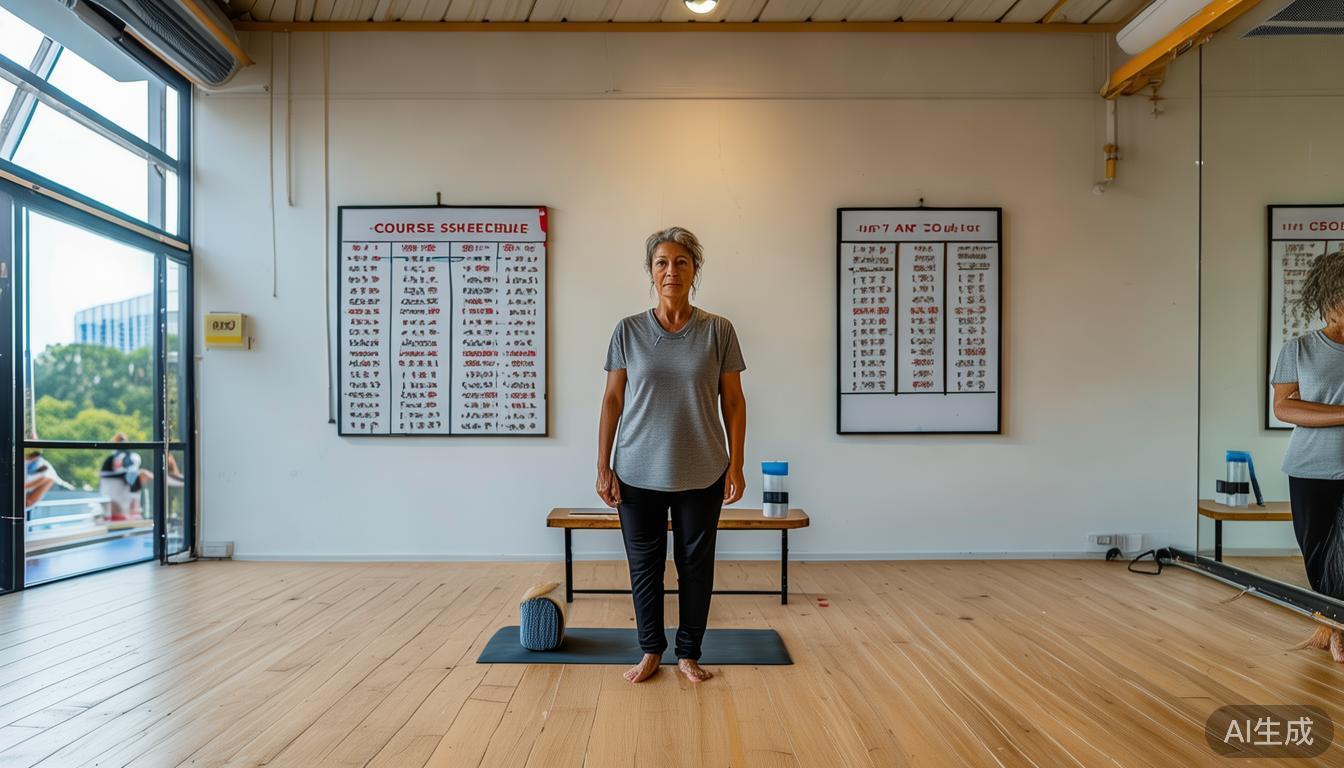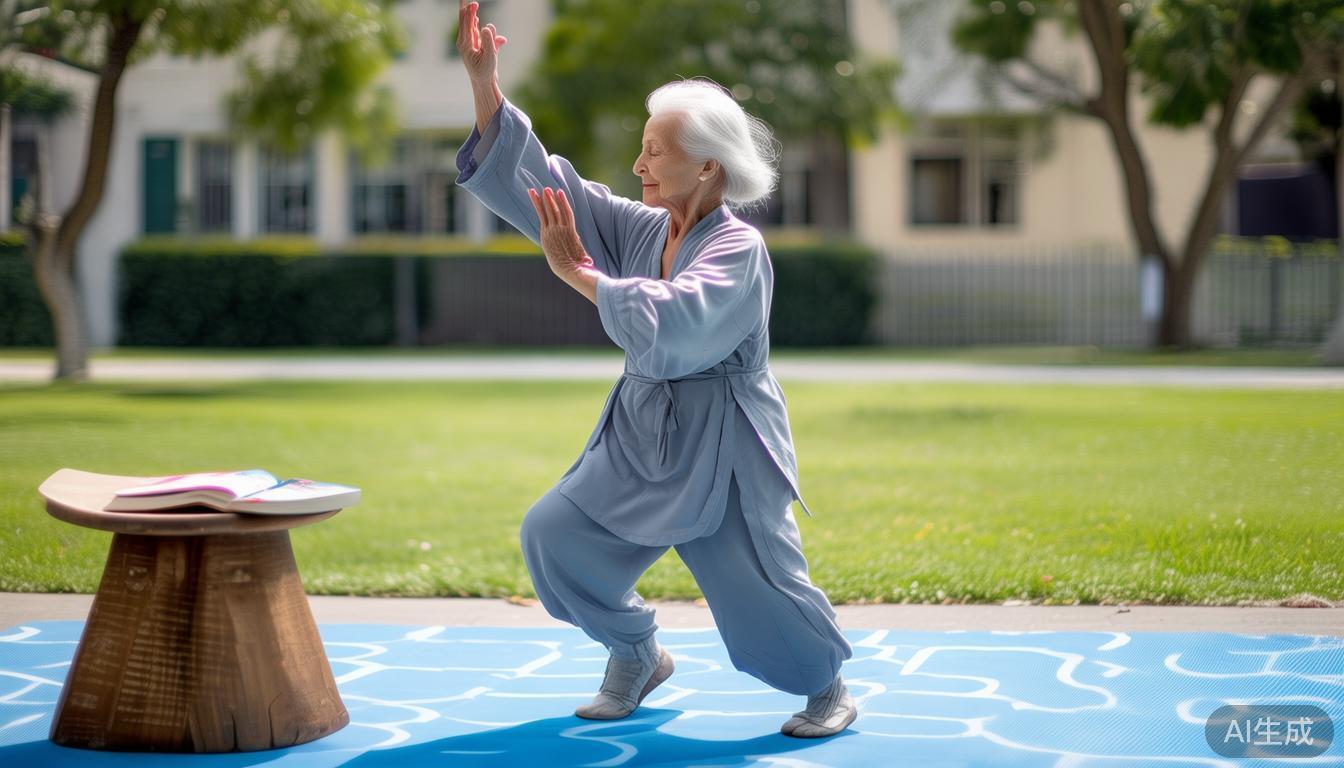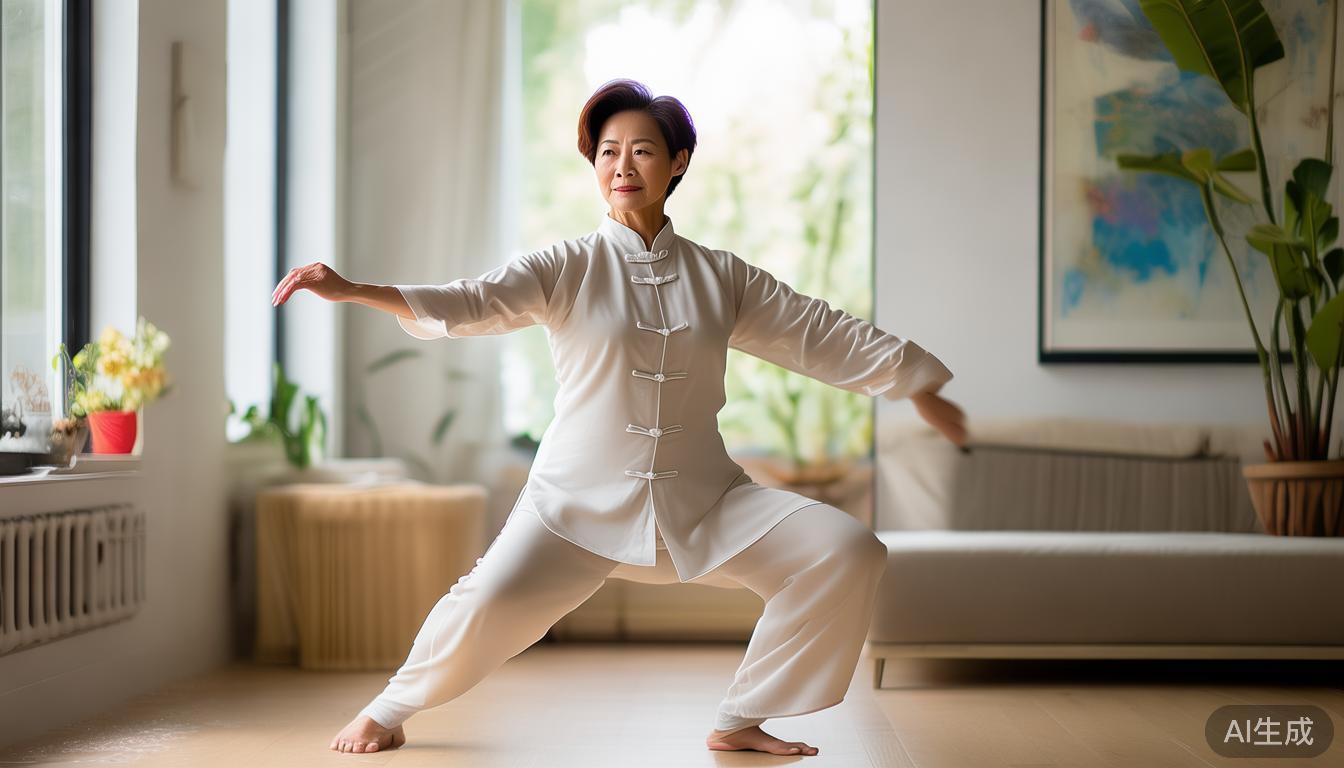As we grow older, it is increasingly important to maintain body elasticity and mental tranquility. Tai Chi, an ancient sport, can not only improve the elderly's ability to fight against body imbalances, but also help reduce the tension produced by the joints through slow and continuous movements. This kind of movement has allowed me to witness many gray-haired people reshape and regain the body's control consciousness through persistent practice. This is all the reasons why I want to share my true intention with everyone.
How Tai Chi improves balance in the elderly
Each movement of Tai Chi has strict rules and special specifications for the slow transfer of the center of gravity between the legs. Such a continuous weight movement can effectively train the peripheral muscles of the lower limbs. When only one leg supports the body to maintain a stable standing, the stabilizing muscles surrounding the ankles and knees will be mobilized and all active. This is the key to successfully preventing accidental falls. Among the elderly students I coached, after practicing for three months, most people expressed that their steps became more steady and solid when walking, and they no longer had to rely on the railings again and again when going up and down the stairs.
The slow rhythm is unique to Tai Chi. It allows the nervous system to have enough time to process balance information. This is not a special feature other than muscle training. Compared with the different speed states of fast movement, this kind of slow-speed practice can encourage the brain to better establish the perception of the body in space. Many students have told me that even if they are walking on an uneven road, relying on the specific content and method to achieve results, they can adjust their posture in time to prevent falls and troubles.
What kind of Tai Chi movements are suitable for beginners?
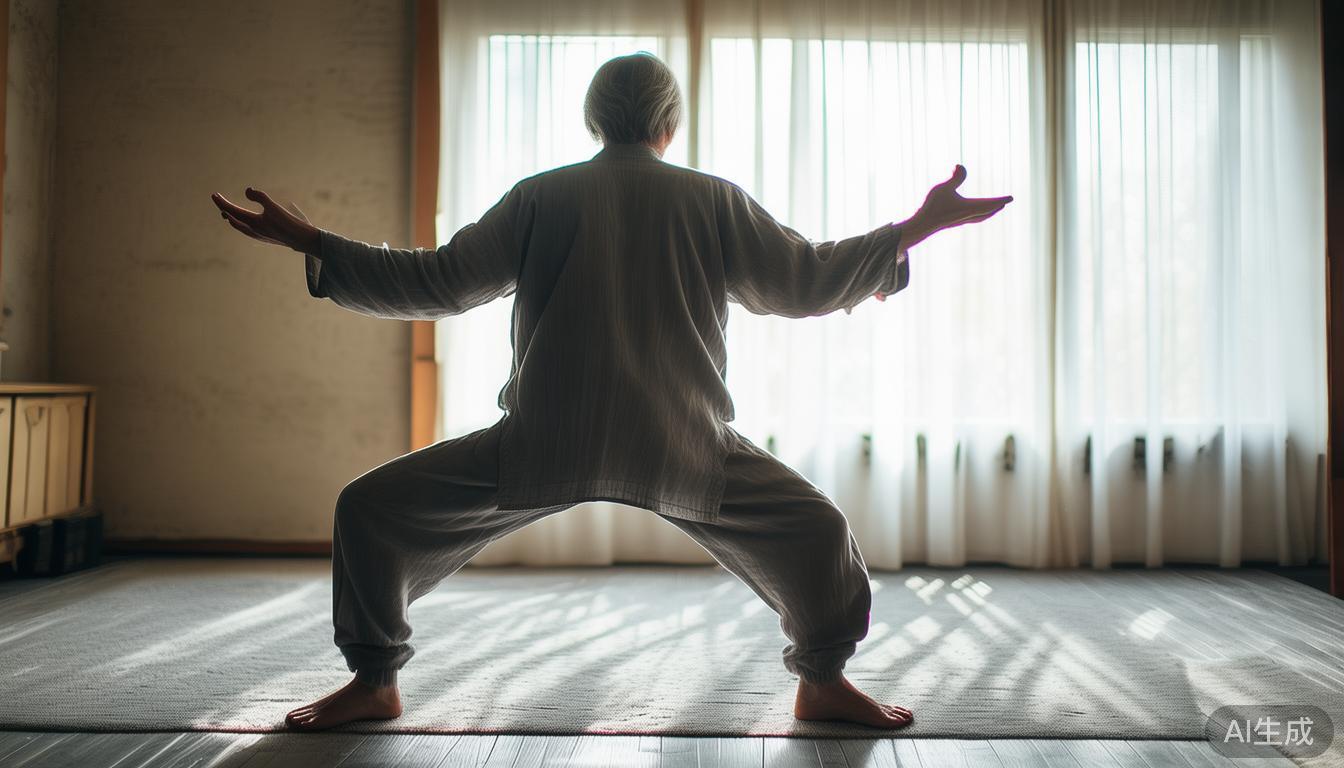
For the elderly population who have no foundation at all, the suggestions given start from the typical movement "Cloud Hand". Stand with your feet parallel, and use the rotational driving force generated by your waist to force your arms to draw a circle in front of your body. And this action can play a role in the activities of the shoulder, neck and hip areas in a gentle mode. The key point is not to have to forcefully pursue the desire to expand the range of motion. The focus is on the feeling and observation of the dynamic forms of coordination of various parts of the body.
"Wild Horse Parting Mane" is also a very good entry-level choice Tai Chi Online . It covers the most critical weight shifting elements in Tai Chi. During the practice, imagine pushing the air away moderately and gently to keep the breath flowing naturally and smoothly. I often remind new students that these movements are like slowly applying grease to rusty joints step by step. The key is to persevere every day instead of practicing for a long time at once.
What safety precautions should you pay attention to when practicing Tai Chi?
Consulting with your doctor before starting is essential, especially for those with joint replacements or cardiovascular problems. It is recommended to choose a flat and outdoor venue, but avoid practicing under the scorching sun. For elderly beginners, it is necessary to choose shoes with a flat-soled structure that ensures that the anti-slip effect can be achieved, and to avoid wearing socks for contact exercises on smooth ground.
During the exercise, you must pay special attention to the knees not exceeding the toes. This is an important principle to protect the knee joints. If you feel any pain in any joint, you should stop immediately and rest. I have always emphasized "obey the body's instructions" Tai Chi And Arthritis . Every movement must be kept within a comfortable range, and do not compare the degree of completion with others.
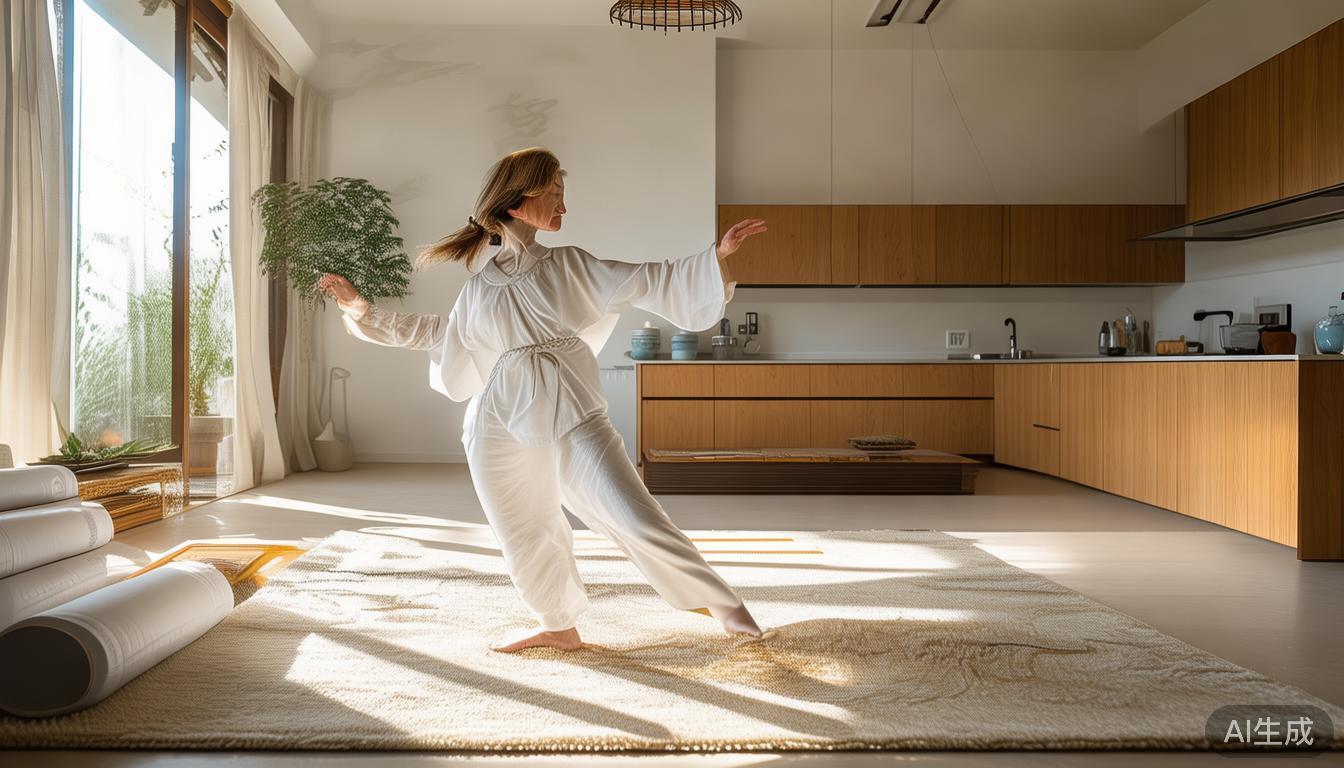
How to incorporate Tai Chi into your daily life
It is a good choice to choose a fixed practice time such as after getting up in the morning or before dinner. You can see the results every 15-24 minutes. You can break down the basic movements and practice upper body movements while watching TV. An old man I know turned "grabbing the sparrow's tail" into a habitual movement when making tea. It has natural characteristics and is durable.
It is extremely important to find joy in practicing. You can invite your spouse to practice with you, and maybe join a community Tai Chi group. If exercise becomes a part of your social life, it will not be difficult to continue doing it. One thing that all the people I've seen benefit from have in common is that they've made Tai Chi a habit as natural as brushing their teeth.
Everyone who has become friends with me, in the process of trying Tai Chi practice, have you also noticed an ingenious method that is particularly suitable for elders to practice? You are welcome to share your own experiences in the comment area. If you feel that the ideas given are of practical use, please give a like and support so that more people with their own needs can see it.



